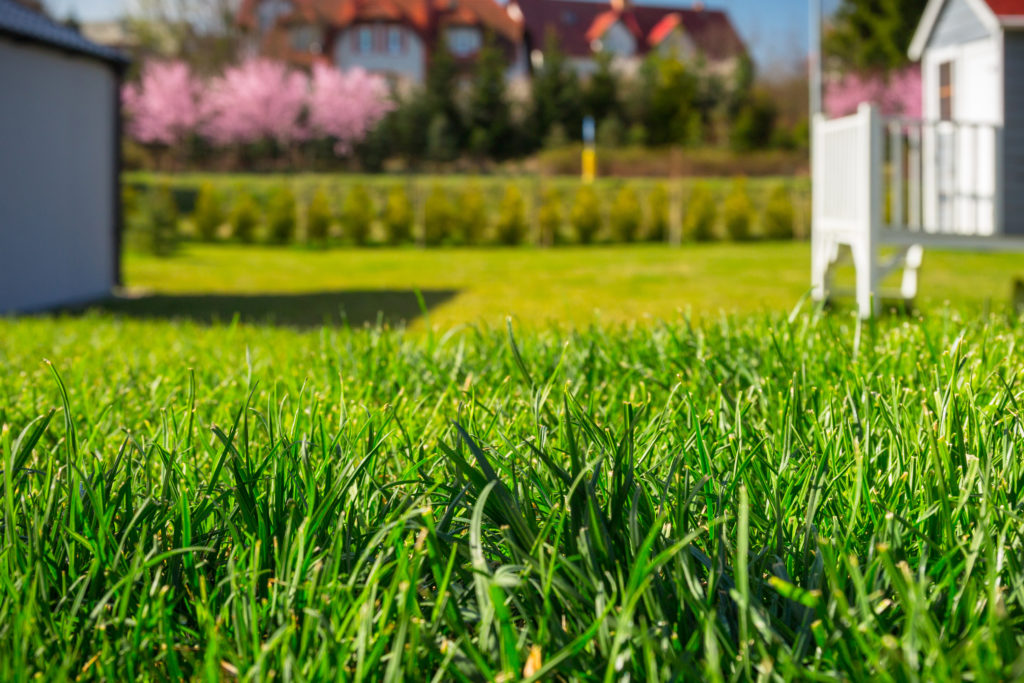If you’ve spotted slimy, blackish, moldy looking spots on your grass, you might be dealing with a black glass mold that’s also known as slime mold.
This black fungus-like stuff may look terrible, but you don’t have to worry about your lawn. Black slime mold will resolve itself, although there are a few things you can do to help it along.
What does Slime Mold Look Like?
If you think you have a type of grass fungus, first check out the moldy stuff to see what you’re dealing with. A black slime mold will have the following characteristics:
● Dark brown or black in color
● Powdery appearance
● Grows in circles or patches
● Fungus-like fruiting bodies may appear
Slime mold will appear on lawns when conditions are right:
- When there is warm, wet weather
- Lots of rain or overnight watering may contribute to lawn slime molds
When you spot black mold in your grass, it means there is a lot of decaying matter for this organism to eat up. Slime molds are a type of organism that is not a plant, nor an animal, nor even a fungus—they are in the class Protista, and they are unique. They are single cells that can band together and form masses or create spores to travel and reproduce.
Slime molds use your lawn’s grass leaves like scaffolding to support themselves when grouping together, which the cells do when looking for food. They eat dead and decaying matter, so believe it or not, slime molds can actually be good for your lawn, as they break down dead material before moving on. They’re just really unsightly and unnerving.
Is Slime Mold Dangerous?
Thankfully, slime mold (aka black mold) is not harmful to humans or pets. It does not cause harmful effects on humans and is not toxic if ingested.
However, some people do find it to be an eye sore to look at. If it is near a garden or lawn, it could damage certain plants.
Getting Rid of the Slime Black Mold
There is not much you can do to get rid of the black slime on your grass, but you can rest assured that it probably won’t be there for long. Slime mold will likely disappear after conditions are no longer favorable, like when the ground dries out.
If you want to speed the process up, you can try to break up the clumps:
● Use a rake
● Mow the affected area
● Shoot a jet of water from the hose
One thing to remember, though: The spores will land, and they may come back again when the timing is right.
Trust Grass Master for Expert Slime Mold Treatment
For more detailed help on dealing with black mold or other problems with your grass, it’s best to set up a consultation with the experts at GrassMaster. We can help you positively identify what’s going on (or growing on) your lawn and prepare a custom treatment plan. With a regular maintenance, we can make sure your lawn gets back to being healthy again so problems like these are kept to a minimum. Contact us to speak with the experts today.

